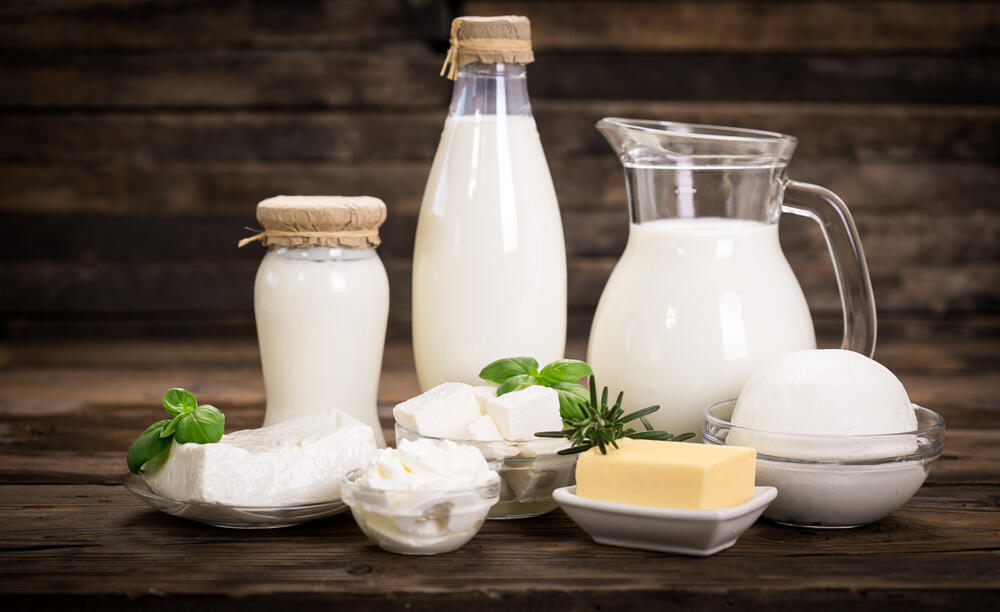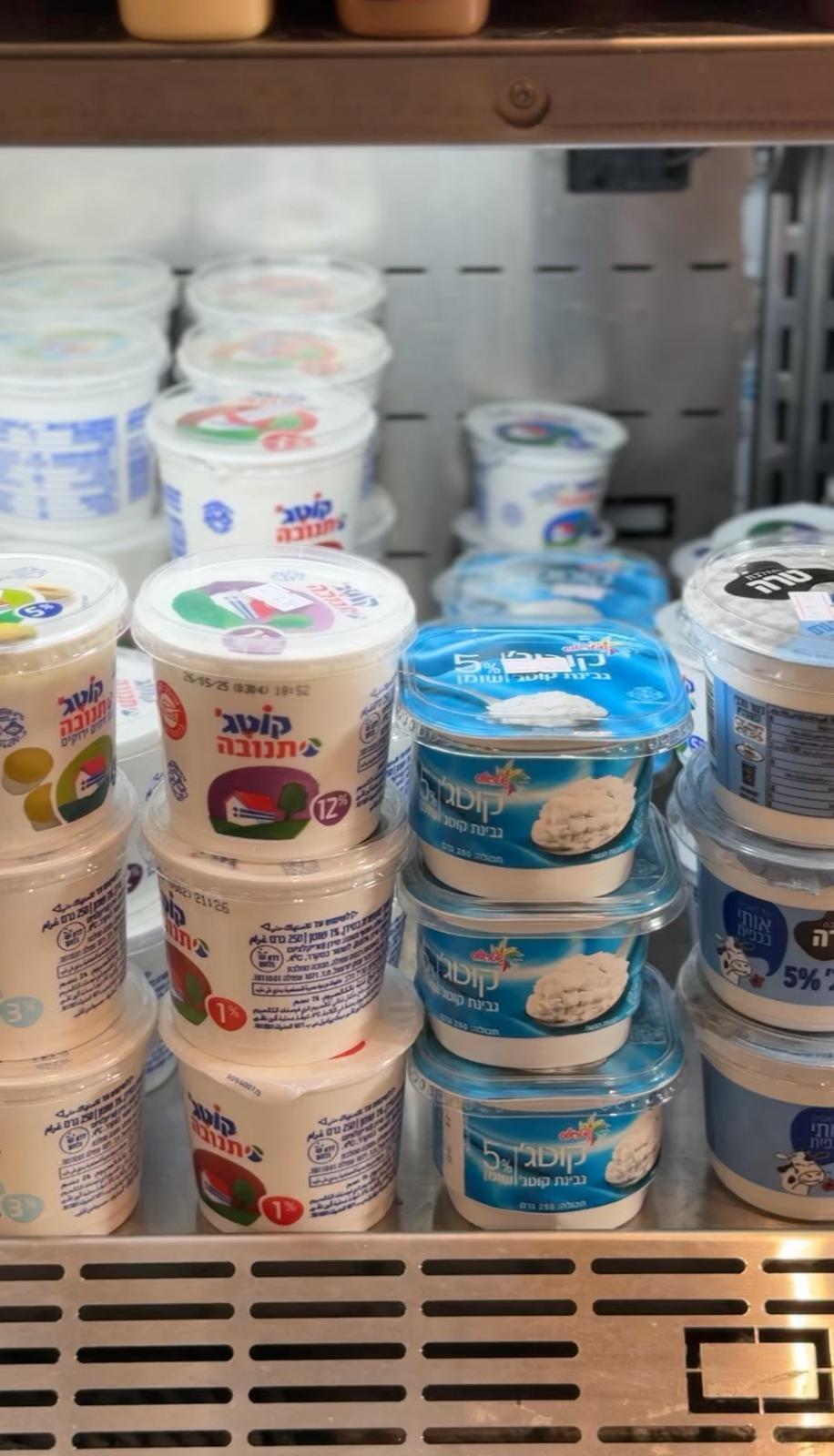Dairy products have long held a prominent place in Western diets, celebrated for being a rich source of high-quality protein, calcium, and essential vitamins and minerals. When thoughtfully integrated into a daily menu, they can contribute to stronger bones, muscle maintenance, and a well-functioning immune system.
Calcium, one of milk’s standout nutrients, is a mineral the body cannot produce on its own—yet it’s vital for building and maintaining healthy bones and teeth. A prolonged deficiency may lead to osteoporosis, where bones become fragile and more prone to fractures, especially in later life. That’s why it's wise to begin calcium intake early and ensure it's properly absorbed by the body.
In addition to calcium, dairy is also a valuable source of complete protein—containing all the amino acids the body needs but cannot synthesize. Protein supports muscle and tissue growth, the production of enzymes and hormones, recovery after physical activity, and provides a lasting sense of fullness. As such, soft cheeses and yogurts can be helpful components in diets aimed at weight management or healthy living.
Dairy products also deliver important vitamins: vitamin D (in fortified products), which enables calcium absorption; vitamin B12, essential for nervous system function and red blood cell formation; and vitamin A, which benefits skin, vision, and immune health. For children, adolescents, and post-menopausal women—groups particularly vulnerable to bone mass loss—dairy can be a meaningful nutritional ally.
Beyond milk: Where else to find calcium and protein
Calcium isn’t exclusive to animal products. It can also be found in a wide variety of plant-based foods. Notable sources include dark leafy greens like kale, broccoli, and bok choy; legumes; tofu; almonds; sesame seeds (especially whole tahini); chickpeas; white beans; and soy. Fruits such as dried figs, oranges, and prunes also make a useful contribution to daily calcium needs. However, it’s important to note that not all plant-based calcium is equally absorbable—spinach, for example, contains calcium, but its bioavailability is limited due to naturally occurring oxalates.
There are also high-quality animal-based alternatives. Canned sardines or salmon with bones, for instance, provide highly absorbable calcium in addition to protein. In recent years, more people have chosen to move away from dairy—due to health considerations, ethical concerns, or lactose intolerance. Fortunately, there’s now a wide array of plant-based substitutes, though not all are created equal.
Soy milk stands out as a particularly strong alternative, with protein levels comparable to cow’s milk, and often fortified with calcium, vitamin D, and B12. Almond milk, while low in protein, is light in calories and often preferred for beverages. Oat milk is fiber-rich, rice milk is naturally sweet but low in protein, and coconut milk is high in saturated fat—best suited for desserts or Asian-style cooking.
Plant-based alternatives to cheese and yogurt are also increasingly available, made from soy, almonds, cashews, or coconut—some even enriched with probiotic cultures. Vegan cream substitutes are on the rise as well. That said, not all dairy alternatives provide the same nutritional value—many fall short on protein, calcium, or essential vitamins. It’s worth reading labels carefully and opting for fortified options where possible.
Get the Ynetnews app on your smartphone: Google Play: https://bit.ly/4eJ37pE | Apple App Store: https://bit.ly/3ZL7iNv
Dairy products have the benefit of convenience—they're easy to weave into everyday routines: a slice of cheese with breakfast, a yogurt with fruit, or pasta with a creamy sauce. Even those with lactose sensitivities can find a growing range of low-lactose or lactose-free products.
Still, it’s entirely possible to build a balanced, nutritious diet without dairy—but doing so requires knowledge, attention, and a bit of planning. So whether you celebrate Shavuot with a classic cheesecake or a creamy vegan cashew dessert, what matters most is understanding—and appreciating—what ends up on your plate.
- Meytal Levy is a clinical nutritionist who works with Leumit Health Services




